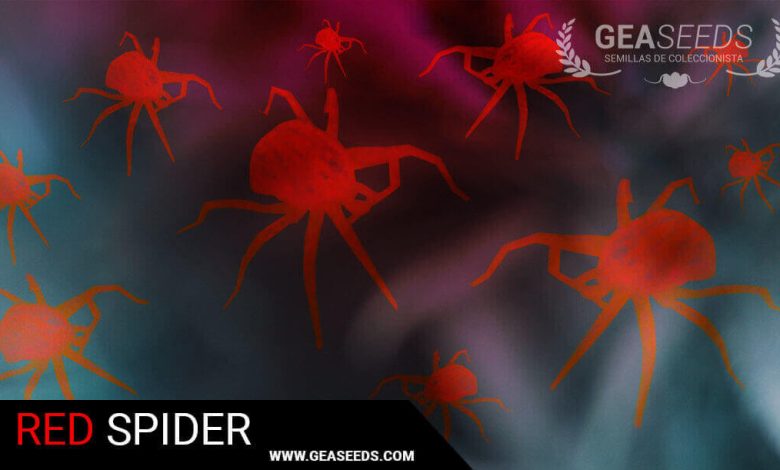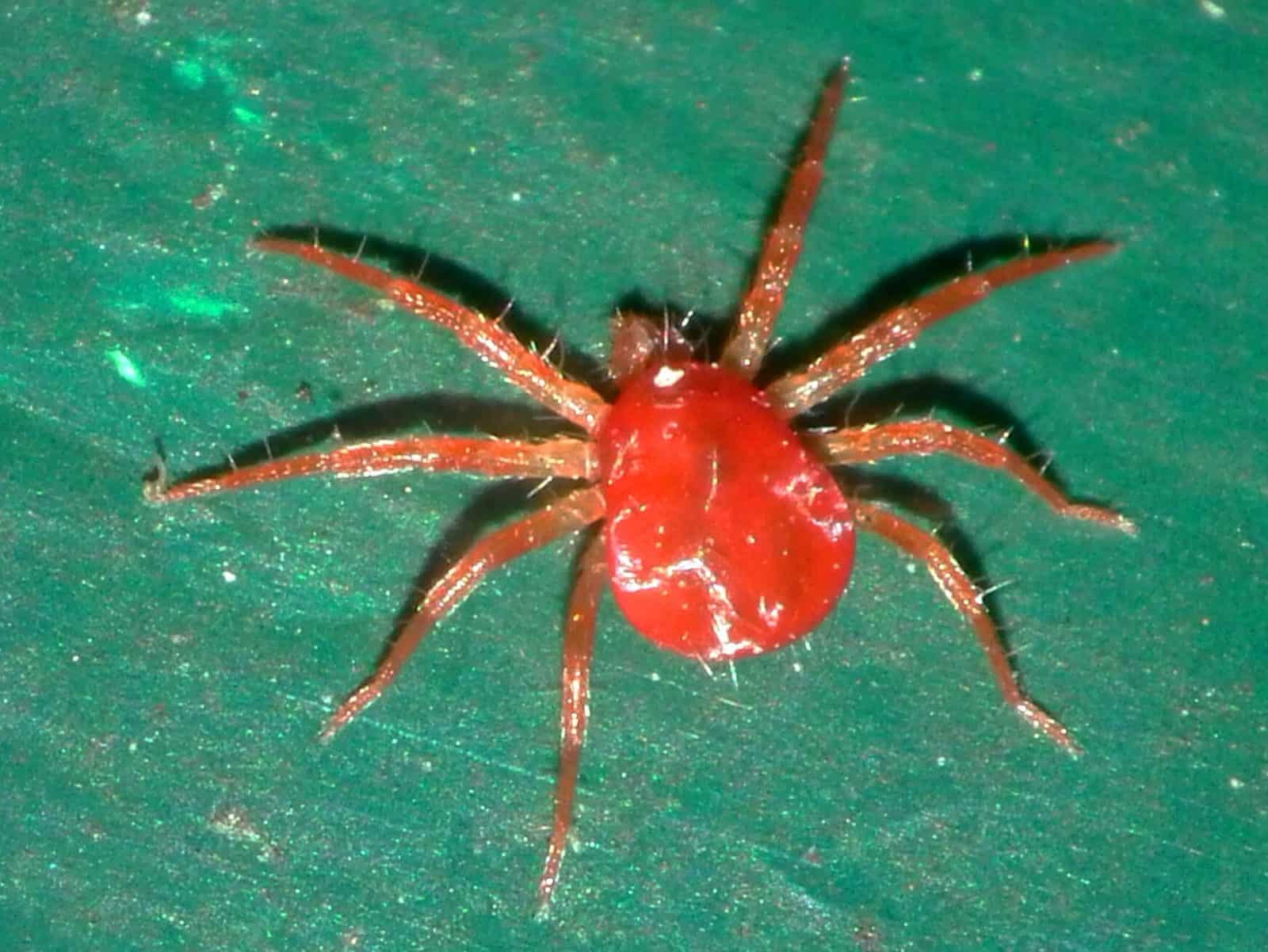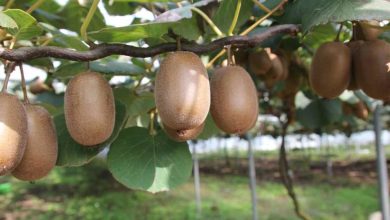The Red Spider: What is it? How do we identify it? How can we combat it?

The red spider mite is a fairly tiny, four-legged mite. Its size does not exceed approximately 0.5 mm and it is always found in groups.
Characteristics of the red spider
As a peculiar characteristic, its color varies according to the season: it is light green with black spots during the summer months, and orange without spots in the autumn and winter months.
They feed on the sap of plants and it is one of the pests that best adapts to different types of crops.
These insects form a white web on the leaves and stems to protect themselves from predators.
They settle, primarily, on the underside of the leaf and feed on the surface layer of the leaf, immediately causing clear spots on the upper and lower sides of the leaf, which increase in size until the leaf becomes definitively and completely yellow.
These damages are irreversible and cause the death of the leaves. In bean and watermelon crops with a high red spider mite population, damage to the fruit may occur.
The most severe attacks occur in the first phenological stages.
High temperatures and low relative humidity favor the development of the pest. The red spider reproduces by eggs; these are oval in shape and reddish in color, and can be found on the underside of the leaf.
Thus, if the temperature is high and the environment is excessively dry, the multiplication of the red spider increases more and more.
It is a very resistant plague and difficult to fight, because they mutate easily from one generation to another.
What crops does it affect?
It adapts very easily, so it is usual to find it in all types of crops.
In this way, we find it in strawberries, eggplants, pumpkins, tomatoes, corn, chili, cucumbers, melons, potatoes and certain types of trees.
How do we combat the red spider?
 To prevent its appearance, it is recommended to keep the crops clean of weeds and remains of previous crops. Another effective form of prevention is crop rotation.
To prevent its appearance, it is recommended to keep the crops clean of weeds and remains of previous crops. Another effective form of prevention is crop rotation.
It is also recommended to avoid substrates with excess nitrogen and to monitor crops during the early stages of development.
In fairly dry climates it is recommended to water crops at night to maintain moisture.
Another recommendation is disinfection prior to planting in orchards or plots with a history of red spider mite to ensure that there are no eggs left.
Biological control can be carried out through its natural enemies. The main predatory species of spider mite eggs, larvae and adults are other species of mites such as Amblyseius californicus and Phytoseiulus persimilis.
The Feltiella acarisuga mosquito is also a fairly effective predator.
To combat an infestation, an extract of garlic and chili can be applied, although if the plant is very affected, it is best to eliminate it to prevent it from spreading to other plants.


![Photo of Rubber tree or Ficus Elastica: [Planting, Care, Substrate and Irrigation]](https://www.complete-gardening.com/wp-content/uploads/2022/08/rubber-tree-or-ficus-elastica-planting-care-substrate-and-irrigation-390x220.jpg)
![Photo of Wax Flower Care: [Soil, Humidity and Pruning]](https://www.complete-gardening.com/wp-content/uploads/2022/08/wax-flower-care-soil-humidity-and-pruning-390x220.jpg)
